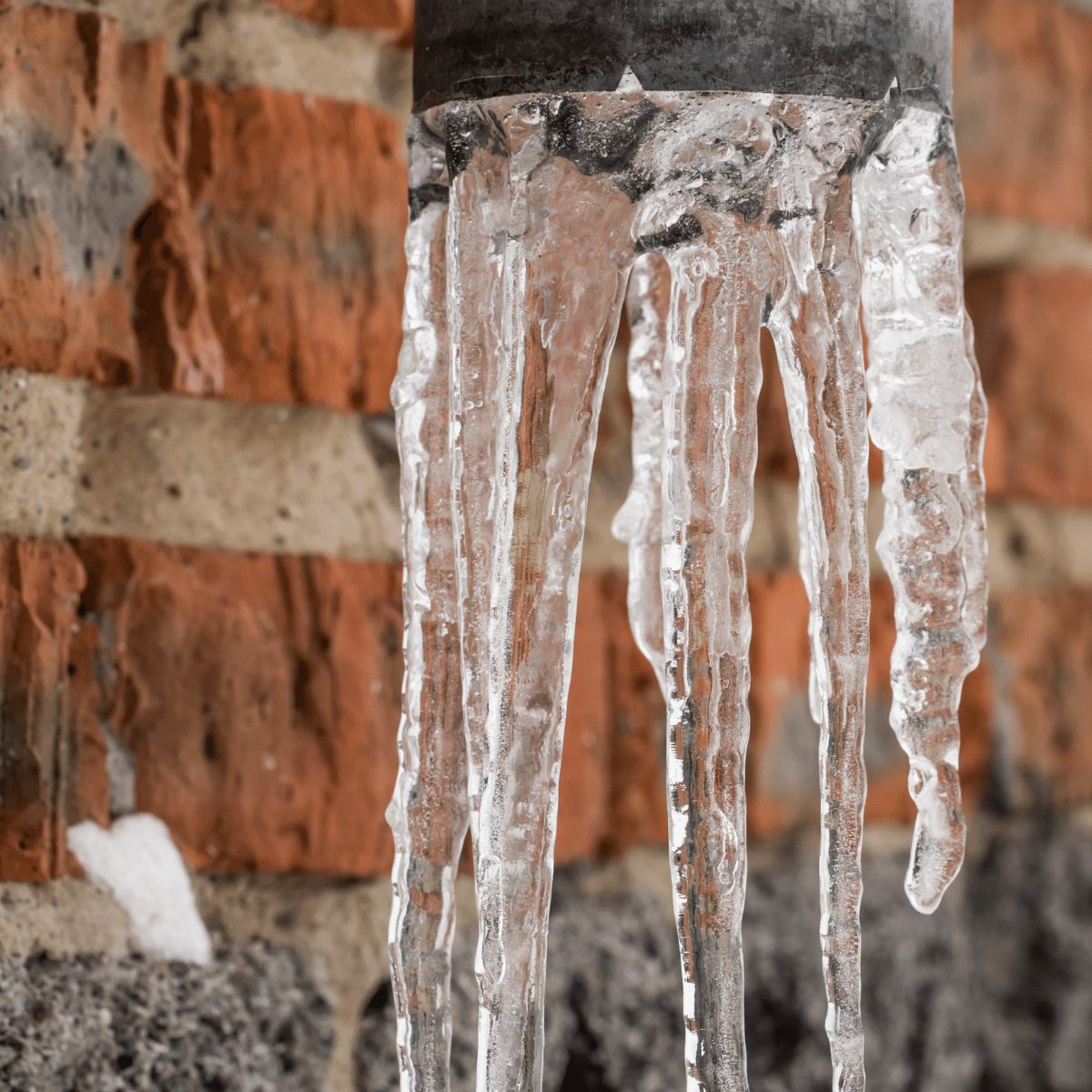Just how do you actually feel in regards to How to prepare your home plumbing for winter weather?

Cold weather can damage your plumbing, specifically by freezing pipes. Below's exactly how to avoid it from taking place and what to do if it does.
Introduction
As temperature levels decrease, the risk of frozen pipelines increases, potentially resulting in costly fixings and water damages. Understanding how to avoid frozen pipes is critical for homeowners in cool environments.
Understanding Icy Pipes
What causes pipes to ice up?
Pipelines freeze when exposed to temperatures below 32 ° F (0 ° C) for prolonged periods. As water inside the pipelines freezes, it expands, putting pressure on the pipeline walls and potentially causing them to break.
Risks and problems
Icy pipes can result in water supply interruptions, property damages, and expensive repair work. Ruptured pipelines can flooding homes and cause extensive structural damage.
Indicators of Frozen Pipes
Recognizing icy pipelines early can prevent them from rupturing.
Just how to recognize icy pipelines
Seek reduced water flow from faucets, unusual smells or noises from pipelines, and visible frost on subjected pipelines.
Avoidance Tips
Protecting prone pipes
Wrap pipes in insulation sleeves or utilize warmth tape to secure them from freezing temperature levels. Concentrate on pipes in unheated or outside locations of the home.
Heating methods
Maintain interior areas effectively heated, especially locations with plumbing. Open up cupboard doors to allow warm air to flow around pipelines under sinks.
Securing Outdoor Plumbing
Yard pipes and exterior faucets
Detach and drain pipes garden hose pipes before winter. Mount frost-proof faucets or cover outside faucets with shielded caps.
What to Do If Your Pipes Freeze
Immediate activities to take
If you believe frozen pipelines, maintain faucets open to ease pressure as the ice melts. Utilize a hairdryer or towels taken in hot water to thaw pipelines slowly.
Long-Term Solutions
Structural adjustments
Think about rerouting pipes away from exterior walls or unheated areas. Add extra insulation to attics, basements, and crawl spaces.
Updating insulation
Invest in high-quality insulation for pipes, attics, and walls. Appropriate insulation assists keep consistent temperature levels and lowers the danger of icy pipes.
Final thought
Stopping icy pipelines needs positive measures and fast feedbacks. By comprehending the causes, indicators, and safety nets, house owners can protect their pipes throughout winter.
5 Ways to Prevent Frozen Pipes
Drain Outdoor Faucets and Disconnect Hoses
First, close the shut-off valve that controls the flow of water in the pipe to your outdoor faucet. Then, head outside to disconnect and drain your hose and open the outdoor faucet to allow the water to completely drain out of the line. Turn off the faucet when done. Finally, head back to the shut-off valve and drain the remaining water inside the pipe into a bucket or container. Additionally, if you have a home irrigation system, you should consider hiring an expert to clear the system of water each year.
Insulate Pipes
One of the best and most cost-effective methods for preventing frozen water pipes is to wrap your pipes with insulation. This is especially important for areas in your home that aren’t exposed to heat, such as an attic. We suggest using foam sleeves, which can typically be found at your local hardware store.
Keep Heat Running at 65
Your pipes are located inside your walls, and the temperature there is much colder than the rest of the house. To prevent your pipes from freezing, The Insurance Information Institute suggests that you keep your home heated to at least 65 degrees, even when traveling. You may want to invest in smart devices that can keep an eye on the temperature in your home while you’re away.
Leave Water Dripping
Moving water — even a small trickle — can prevent ice from forming inside your pipes. When freezing temps are imminent, start a drip of water from all faucets that serve exposed pipes. Leaving a few faucets running will also help relieve pressure inside the pipes and help prevent a rupture if the water inside freezes.
Open Cupboard Doors
Warm your kitchen and bathroom pipes by opening cupboards and vanities. You should also leave your interior doors ajar to help warm air circulate evenly throughout your home.

Hopefully you enjoyed our article about How to Prevent Your Pipes From Freezing. Thanks a ton for taking the time to browse our content. Sharing is caring. Helping people is fun. Thank-you for going through it.
Browse Our Site
Comments on “Essential Advice to Prevent Frozen Plumbing in Cold Weather: Expert Insights”